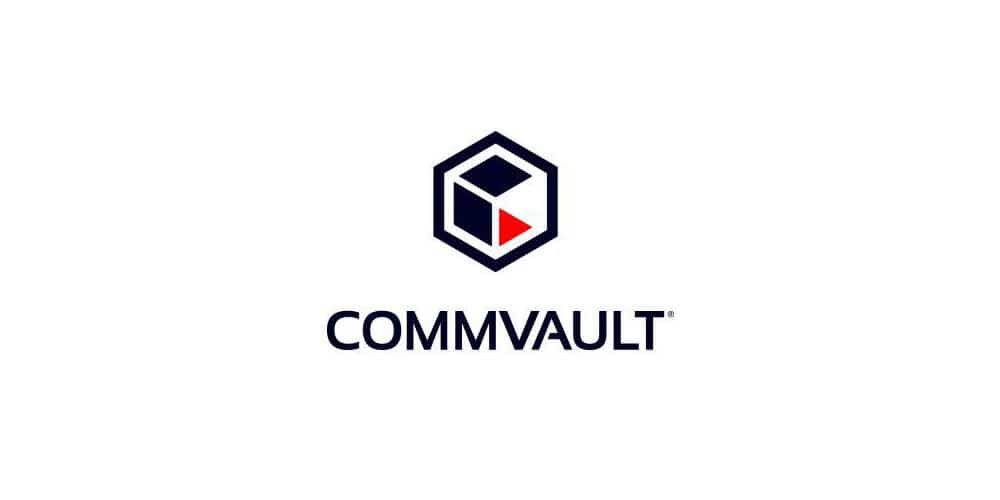Commvault (NASDAQ: CVLT) has announced Data Rooms, a secure environment that enables organizations to governably connect their backup data with AI platforms or their own internal data lakes. The solution aims to address a classic gap in AI projects: moving from protecting data to activating it without adding risk or regulatory complexity.
The company states that, despite the rise of AI, many organizations struggle to prepare and expose trusted data quickly enough for use cases. Traditional extraction and transformation (ETL) from multiple sources consumes time, and if not properly controlled, can introduce compliance gaps. Data Rooms seeks to resolve this with governed self-service access, integrated classification and sensitivity tagging, automatic audit trails, and operation within the zero-trust architecture of Commvault Cloud, with RBAC and encryption at rest and in transit.
From Data Protection to Data Activation
With Data Rooms, authorized users can locate and prepare data directly from backup repositories—both on-premises and cloud—and share/export only the approved sets according to policy. The solution automates discovery and classification, facilitating the curation of “AI-ready” datasets in open formats such as Apache Iceberg or Parquet, designed to feed model training or business analytics.
The native integration with Commvault Cloud governs files, emails, and objects across hybrid environments, and streamlines delivery to analytics platforms like Snowflake or Microsoft Azure, reducing manual ETL work.
“AI projects stall when the organization cannot securely access or prepare existing data,” summarizes Omdia in the release. For Commvault, the value lies in operationalizing AI without increasing risk: the data remains protected, governed, and traceable from backup to activation.
Key Benefits Highlighted by Commvault
- Accelerate insights. Combine backup and analytics: discover historical data and export it in open formats (Iceberg/Parquet) for BI and modeling.
- Enhanced compliance. AI-assisted classification, policy-driven redaction, and auditable controls to protect sensitive data during activation.
- Simpler operations. Less manual ETL due to automated discovery, curation, and delivery to data platforms and public clouds.
Security and Governance “by Design”
Data Rooms operate on a trust-based foundation:
- Zero-trust in Commvault Cloud, with role-based access control and policy-based segregation.
- Complete traceability, including auditing the dataset lifecycle (who accessed, what exported, and under what conditions).
- Persistent sensitivity tagging and applicable redaction based on regulations or jurisdictions.
The approach aligns with a challenging reality for IT: nearly three-quarters of responsible parties admit that AI usage increases exposure to cyber threats. Commvault’s goal is to turn backup—traditionally a “disaster-proof” safeguard— into a strategic asset with end-to-end compliance controls.
Availability and Roadmap
- Status: early access now available.
- General Availability (GA): planned for early 2026.
- Pricing: to be announced at GA.
Demonstrations of Data Rooms and new “resilient conversational” capabilities will be showcased at SHIFT 2025 (New York, November 11–12; virtual on November 19).
Why It Matters
For many organizations, secondary data (historical copies) remains underutilized: it’s voluminous, heterogeneous, and sensitive. Data Rooms offers a controlled pathway to discover, select, and activate this informational heritage in AI and analytics, without duplicating platforms or multiplying ETL flows. In regulated sectors—finance, healthcare, government—where privacy and auditing are non-negotiable, combining governance + open formats can accelerate projects that otherwise stall at the pilot stage.
FAQs
What exactly are Data Rooms?
A secure environment within Commvault Cloud that allows authorized users to discover, prepare, and export data directly from backups in open formats (Iceberg/Parquet), with classification, Sensitivity labeling, auditing, and access controls integrated.
Does it replace my AI platform or data lake?
No. It’s not another AI platform: it connects protected data with your existing AI and analytics platforms (Snowflake, Azure, etc.), reducing manual ETL and preserving governance and compliance.
What types of data can I activate?
Protected files, emails, and objects by Commvault, whether on-premises or cloud, always subject to policies and permissions. Classification helps exclude or mask sensitive data.
When will it be available and how is it licensed?
Currently in early access; GA is expected in early 2026. Pricing and licensing details will be announced at that time.
via: commvault

